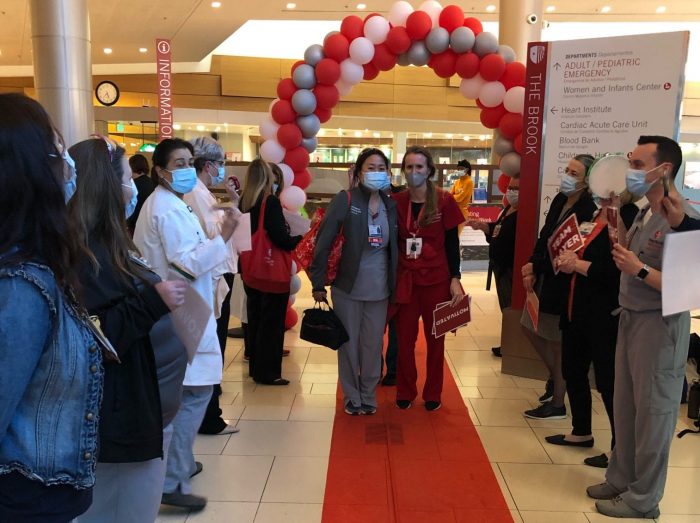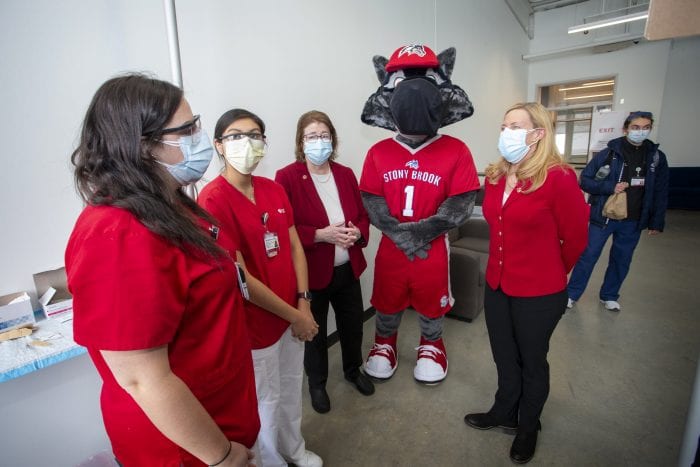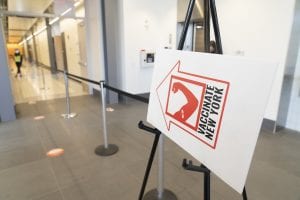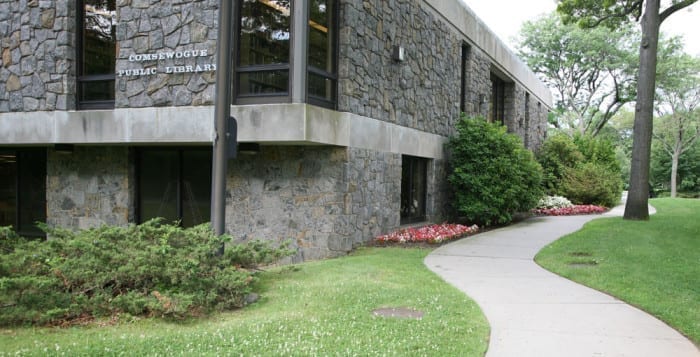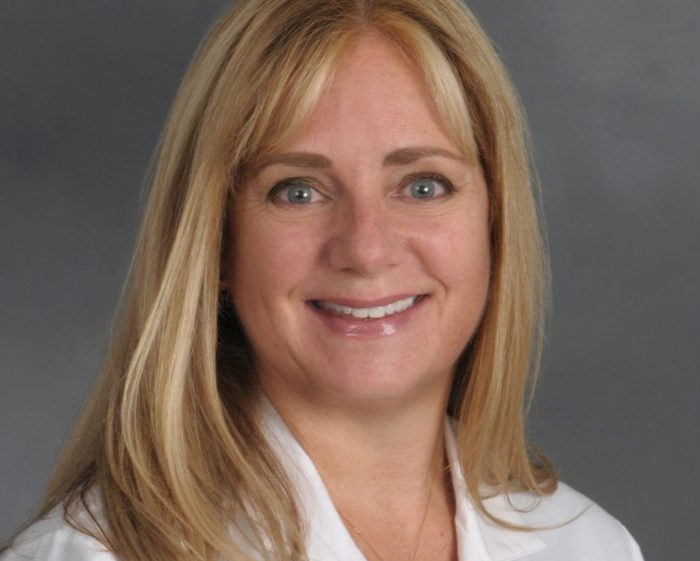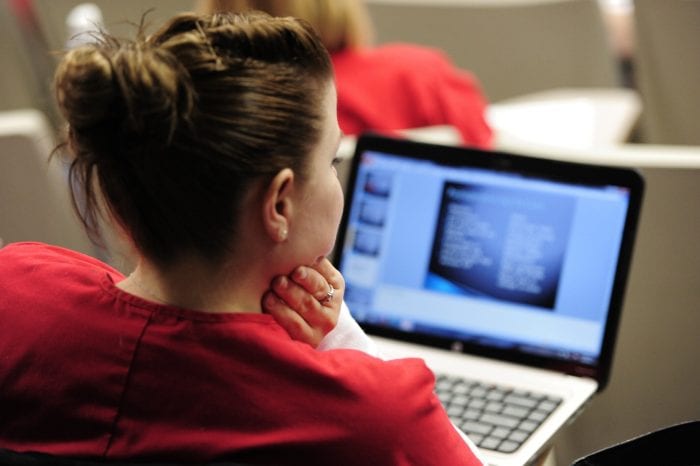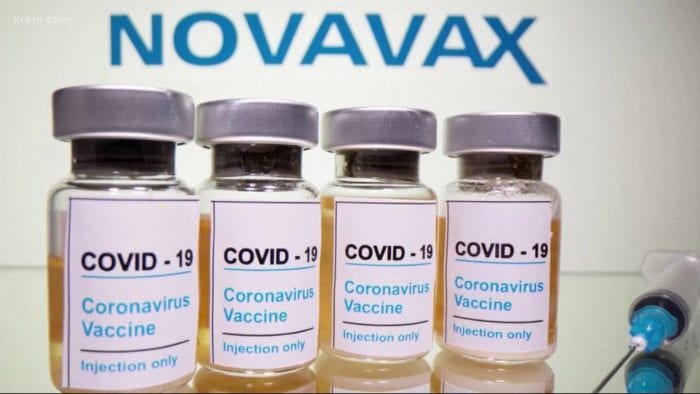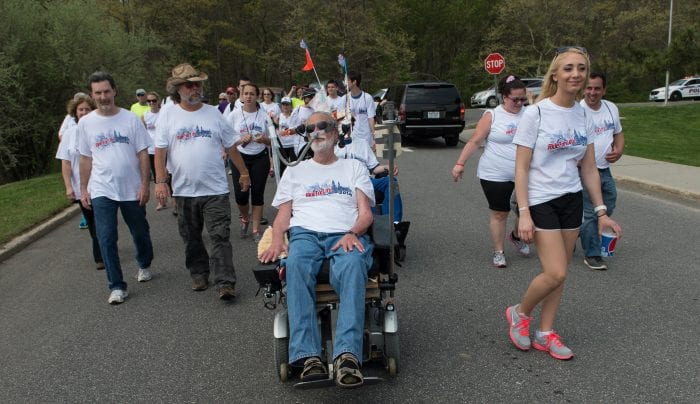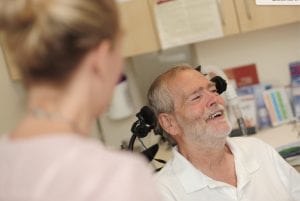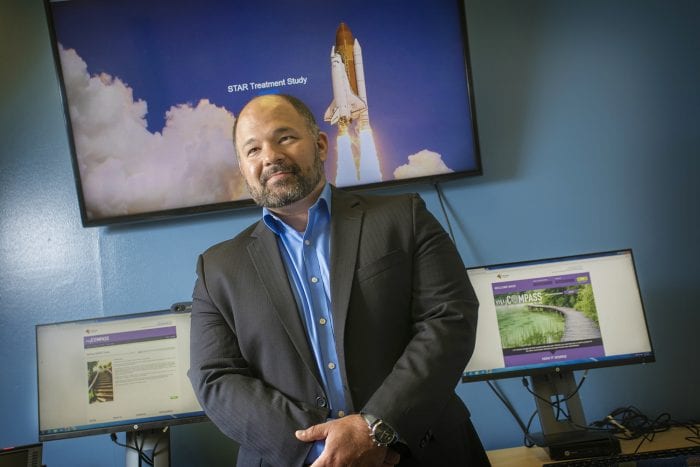To kick off National Nurses week, Stony Brook University Hospital rolled out the red carpet for its nursing staff, cheering them on as they made their way into work.
On Thursday, May 6, the 6:30 a.m. and 6:30 p.m. shifts were welcomed into the hospital with a red carpet and balloons to thank them for their efforts — especially throughout the last year.
Since the early 90s, May 6 through May 12 (ending on Florence Nightingale’s birthday), nurses across the country have been thanked for the work they do.
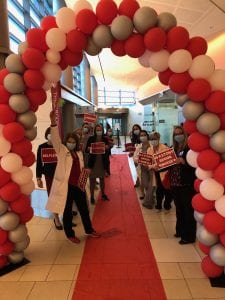
But 2020 showed a new appreciation for nurses during the COVID-19 pandemic. SBUH decided last summer to put out the red carpet, as nurses ventured into work during the height of the coronavirus crisis.
And for the second year in a row, more than 3,400 RNs, LPNs, nursing assistants, nursing station clerks and more were thanked as they readied a 12-hour shift like a celebrity.
Carolyn Santora, chief nursing officer & chief of regulatory affairs, said the red carpet was just one way of saying thanks.
“Our nurses are stars, and they’re wonderful,” she said. “We wanted to show our appreciation.”
Santora said that throughout the whole week, nurses and nursing staff were recognized for their hard work. One day they were delivered ice cream, another they were given awards.
“The staff, I can’t say they’re not weary and tired — it’s been a long, long year — but they’ve been incredible,” she said. “They come to work dedicated every single day, take care of our community and support each other in the process.”
Santora said the staff were appreciative of the hospital’s efforts.
“The importance of this is understanding and recognizing them for their skills, for their dedication, for their talents and for their heart,” Santora said. “Taking care of all of these patients every single day, it’s just remarkable what they do.”

